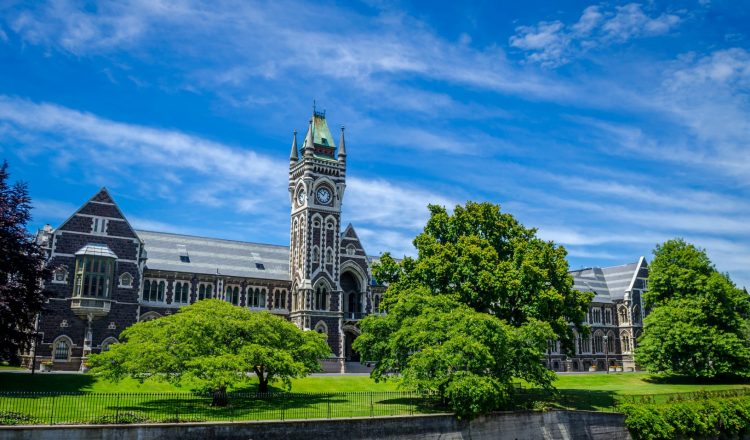Tuổi và nhóm năm
Tất cả trẻ em từ 6 đến 16 tuổi ở New Zealand bắt buộc phải đi học hoặc được giáo dục tại nhà. Hầu hết trẻ em bắt đầu đi học khi chúng tròn 5 tuổi. Trẻ em phải bắt đầu đi học từ năm đến sáu tuổi. Tất cả trẻ em phải được ghi danh vào trường học hoặc học tại nhà trước ngày sinh nhật thứ sáu của các em. Khi con bạn bắt đầu đi học, các em phải tham dự mỗi ngày trừ khi có lý do chính đáng để không tham dự (chẳng hạn như bị ốm).
Có 13 năm trong hệ thống trường học New Zealand. Việc học bắt đầu ở trường tiểu học – năm đầu tiên ở trường tiểu học được gọi là ‘Lớp 1’. Trường tiểu học bao gồm Lớp 1 đến Lớp 8 nếu là trường tiểu học “đầy đủ”, hoặc Lớp 1 đến Lớp 6 nếu là trường tiểu học “đóng góp”.
Nếu con của bạn đăng ký một trường tiểu học đóng góp, các em sẽ theo học một trường trung cấp để hoàn thành Lớp 7 và Lớp 8. Sau khi học xong tiểu học hoặc trung cấp, các em sẽ theo học trung học cơ sở (còn gọi là “cao đẳng” hoặc “trung học phổ thông”) để hoàn thành các năm học cuối cùng (Lớp 9 đến Lớp 13). Các em có thể rời trường trung học trước khi đến lớp 13, nhưng phải đến sinh nhật lần thứ 16.
Khi học sinh quốc tế được ghi danh vào các trường New Zealand, trong hầu hết các trường hợp, học sinh sẽ được xếp vào cùng một năm học với các học sinh khác cùng độ tuổi. Ví dụ, nếu đứa trẻ 10 tuổi, có lẽ chúng sẽ được đặt vào năm 5 hoặc 6 với những đứa trẻ 10 tuổi khác. Nếu trẻ ở độ tuổi trung học cơ sở (khoảng 12 hoặc 13 tuổi), năm học nào mà trẻ được xếp vào cũng phụ thuộc vào việc các em có thời gian để hoàn thành các bằng cấp của Chứng chỉ Quốc gia về Thành tích Giáo dục (NCEA) hay không.

















































